
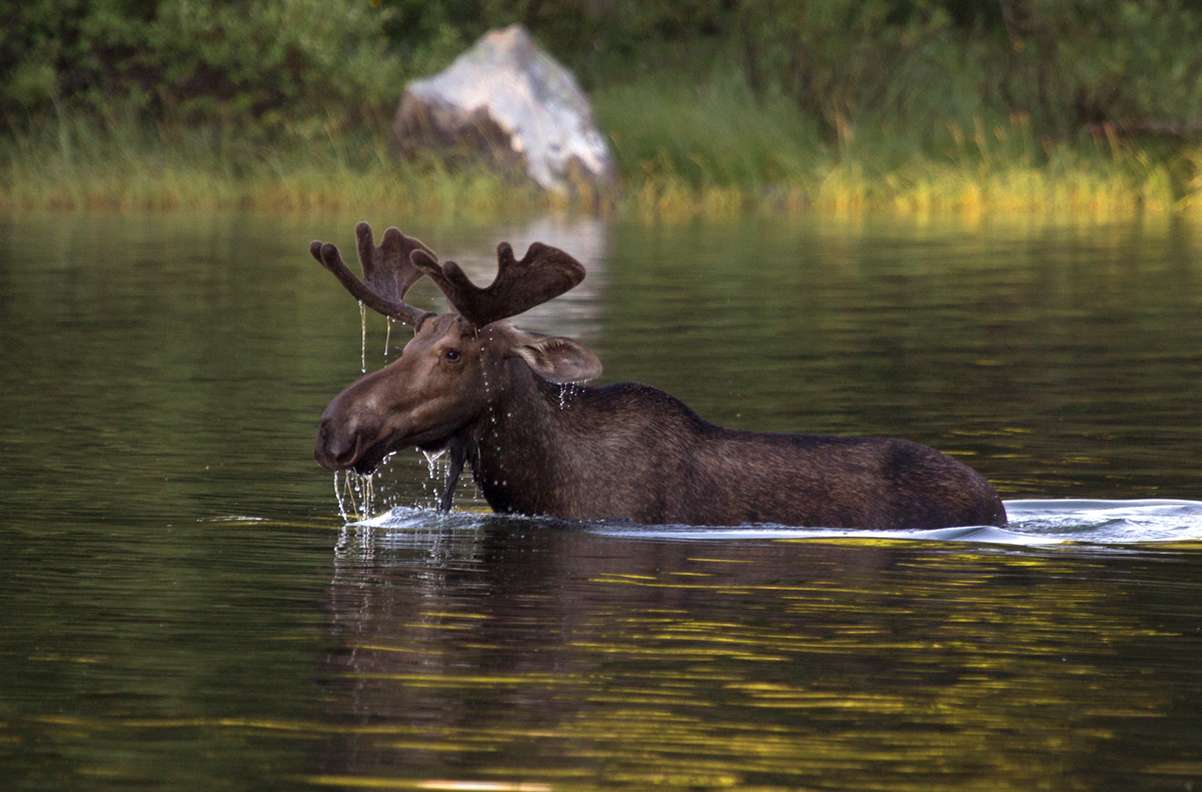
Microbe temperatures can vary greatly from what is stated in the weather report. For example, to keep cool, moose can move from a hot, open landscape to a nearby shady river gorge. © John T Andrews
Without a doubt, we humans are changing the natural environment. Because of our activities, we are now witnessing melting glaciers; Rising sea levels, warming oceans, more frequent and severe droughts, heat waves and storms - all as a result Man-made climate change. these Effects wreaking havoc on people's communities and livelihoods
But how do wild animals respond to these changes? Finding an answer to this question was a complex process, and it remains unclear.
However, scientists have now discovered significant differences in the brains of animals with two different personality types: those who act fearlessly and those who appear to be afraid of new things. On the other hand, being fearless can help wildlife, specifically birds, to explore new nesting areas, find new food sources and help them adapt to changes in their environments. But on the other hand, fear also has a positive side. It can help protect them from dangerous new things in their environments, such as cars.
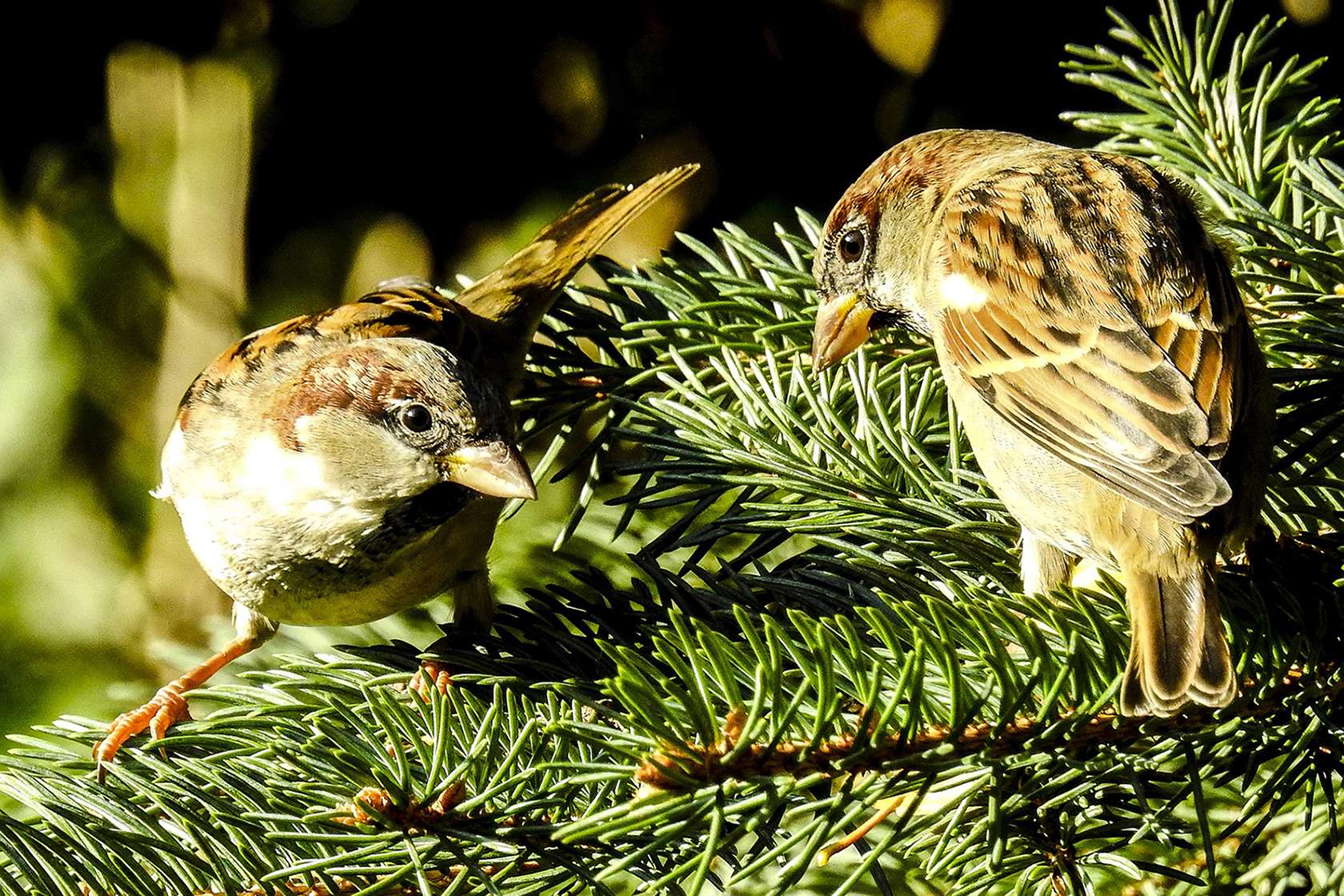
In one study, house sparrows were divided into two groups: those who acted fearlessly and those who seemed afraid of new things.
with the the pace of climate change, However, the daring may win. In fact, a research group of scientists from Africa, Europe and North America has concluded that animals' ability to respond to climate change likely depends on how well they modify their habitats, such as burrows and nests.
One flock is resilient to fear
In order to assess what makes some animals fear change and others embrace it, the researchers published their report in the journal Science flat one On May 10, 2022, comparing six wild females house birds: Three of them acted fearlessly and three seemed afraid to approach a new being in the feeding dish. The new stuff was a red keychain wrapped around a plate of food; white plastic lid over portion of food plate; A green plastic Easter egg is placed on top of the food in the middle of the plate; Plain silver dining plate painted red on the outside; A flashing light was hung at the top and directed towards the front of the dish. Courageous birds feed on the food dish regardless of the presence of new objects, while fearful birds avoid the food dish when they see unfamiliar objects.
After several weeks of this behavioral test, the scientists examined gene expressions in four brain regions in sparrows. When something new is introduced to the wild animals in their environment, the genes in their brains respond, helping them to process the information, compare it to the experience, and decide whether they should approach or avoid something new.
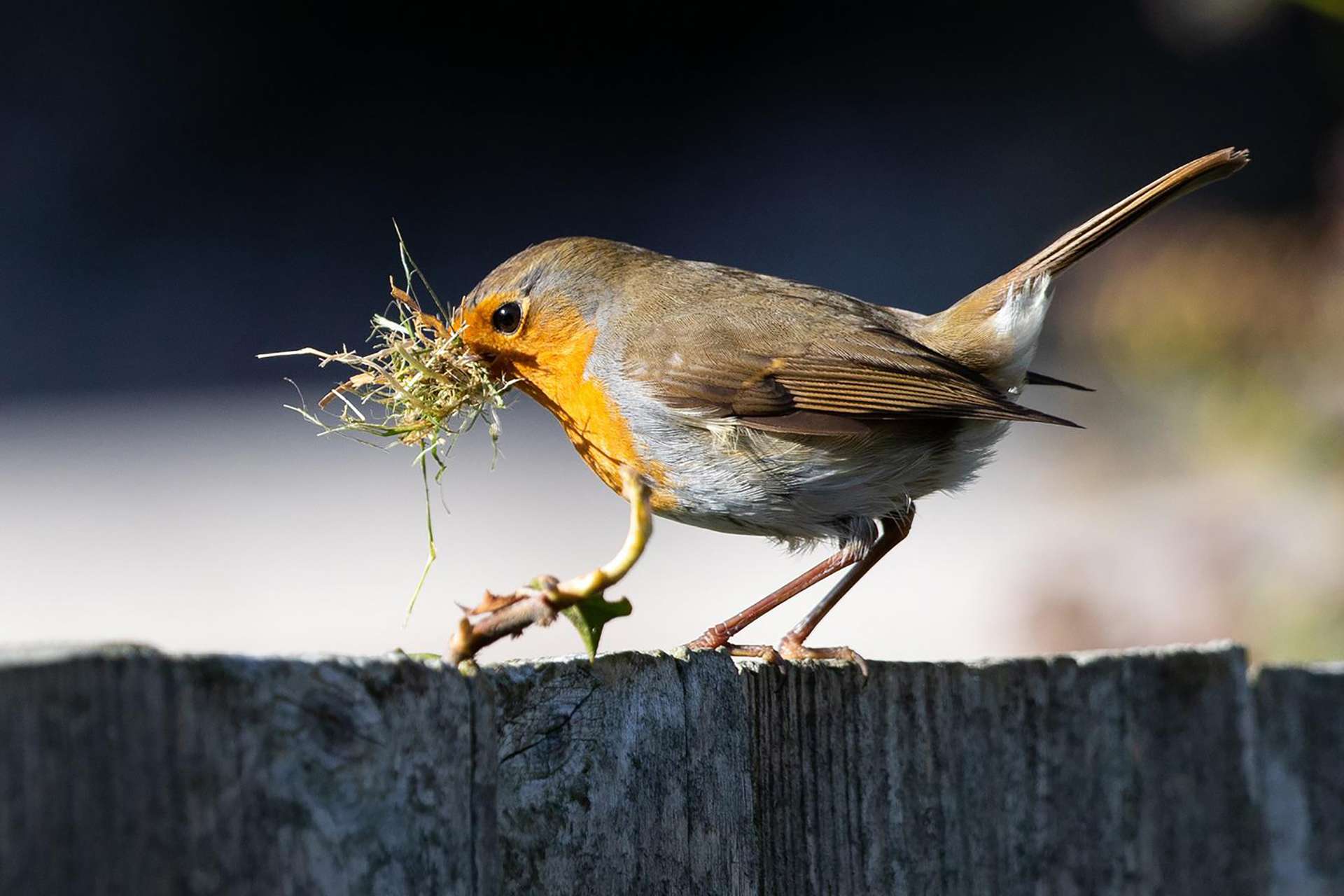
The extent to which an animal can modify its habitat may determine its success in dealing with climate change. Birds adjust nesting materials to keep eggs warm during cold weather and cool in extremely hot conditions.
The researchers discovered that three of the four brain regions studied showed differences. For example, the genes that were expressed in the hippocampus of fearful birds were different from those that were turned on in those of fearful birds. The hippocampus is associated with decision-making, learning, memory, and spatial navigation. There was a lot Dopamine D2 receptors The texts - associated with boldness and exploration - are in the hippocampus of brave birds. In contrast, birds that avoided the new things had a higher number of copies of the estrogen receptor beta gene, which has been linked to anxiety.
Since social creatures, such as house sparrows, can learn from each other, having a mixture of both personality types in a flock could be part of the reason for this species' success in human-altered environments.
Of course the fear of new things or neophobia, It's a problem that people have, too. Therefore, the neurogenetic receptors that scientists have identified in house sparrows could help other researchers develop drugs to target anxiety in our species.
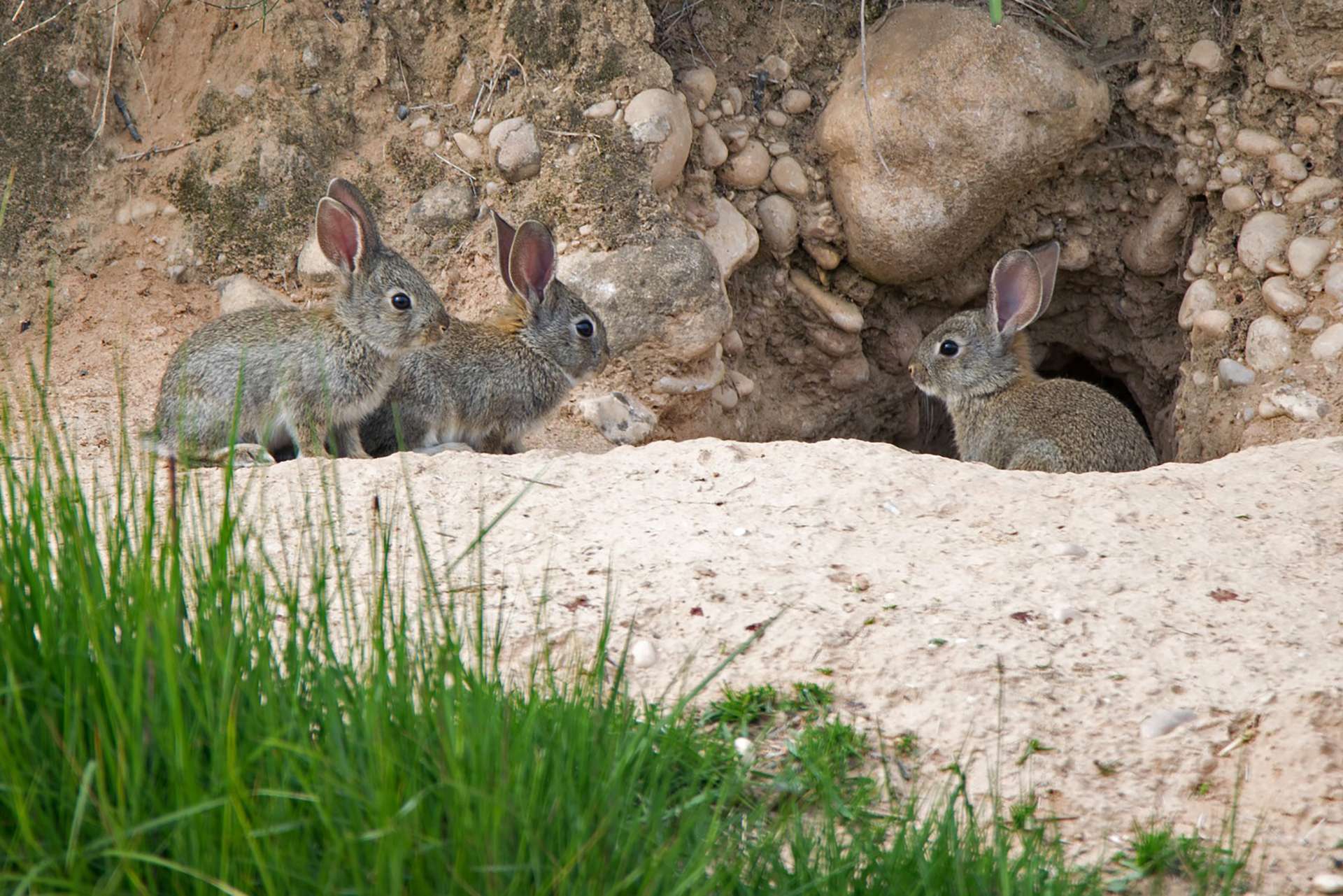
Many rabbits sleep in burrows, which are networks of tunnels dug into the ground. The structures provide stable and moderate temperatures in contrast to above-ground conditions which are often more extreme.
Two bold strategies to maneuver climate change: use the local climate and act
For nonhuman animals, the tendency to try new things—or act fearlessly—may become very important in the near future.
Birds build nests to keep eggs and chicks warm during cold weather, but adjustments must also be made in nest insulation to keep their young cool in extremely hot conditions. Mammals, such as groundhogs and rabbits, hibernate or sleep in underground burrows that provide stable, moderate temperatures to avoid above-ground conditions that are often more extreme.
In a paper entitled Extended phenotypes: buffers or amplifiers for climate change?, Which was published on June 16, 2021 in the magazine Trends in ecology and evolutionAnd the The researchers report that they have found that an animal's ability to respond to climate change likely depends on how well it is able to modify its habitat; In other words, the animal must be able to fearlessly process environmental changes.
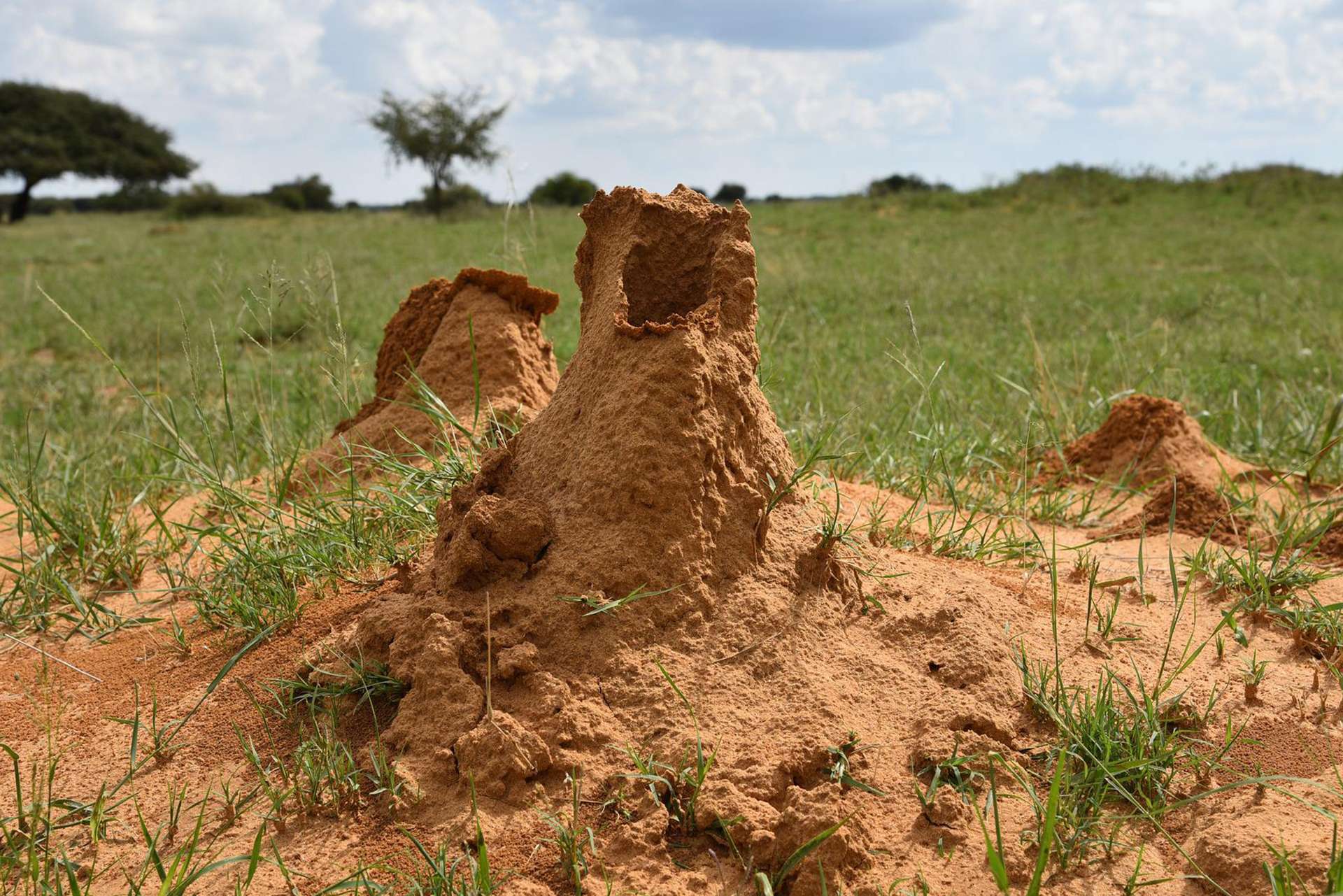
Termites build mounds that capture solar and wind energy, which drives airflow, stabilizes the oxygen level, and regulates the temperatures experienced in the mound. They control their microclimate.
Investigation of this study extended phenotypes, They are modifications that organisms - such as birds, insects, and mammals - make to their habitats. An extended phenotype can range from just a hole in the ground occupied by an animal to leaves that are rolled into hollows by insects; From nests of all shapes and sizes built by birds and mammals to bee colonies Termite mounds. These extended phenotypes are important because they filter climate into local sets of conditions directly around the organism, or what biologists call local climates.
Since extended phenotypes are built structures, they are often modified in response to local climatic changes, and possibly in response to climate change. This process is called "extended phenotype flexibility." An example is a bird's nest that is well insulated to protect eggs or young birds from the cold. Then, as temperatures rise, if the bird does not adjust the insulation in the nest, it can cause the young to overheat. As another example, termites build mounds that capture solar energy and wind that drives airflow through the colony, stabilizing oxygen levels, relative humidity, and temperature within the mound.
However, the idea of a microclimate is broader than just constructed habitats. Climatic climates usually differ greatly from nearby climates, which means that weather conditions in an area may provide little information about the experience of animals in their exact habitats.
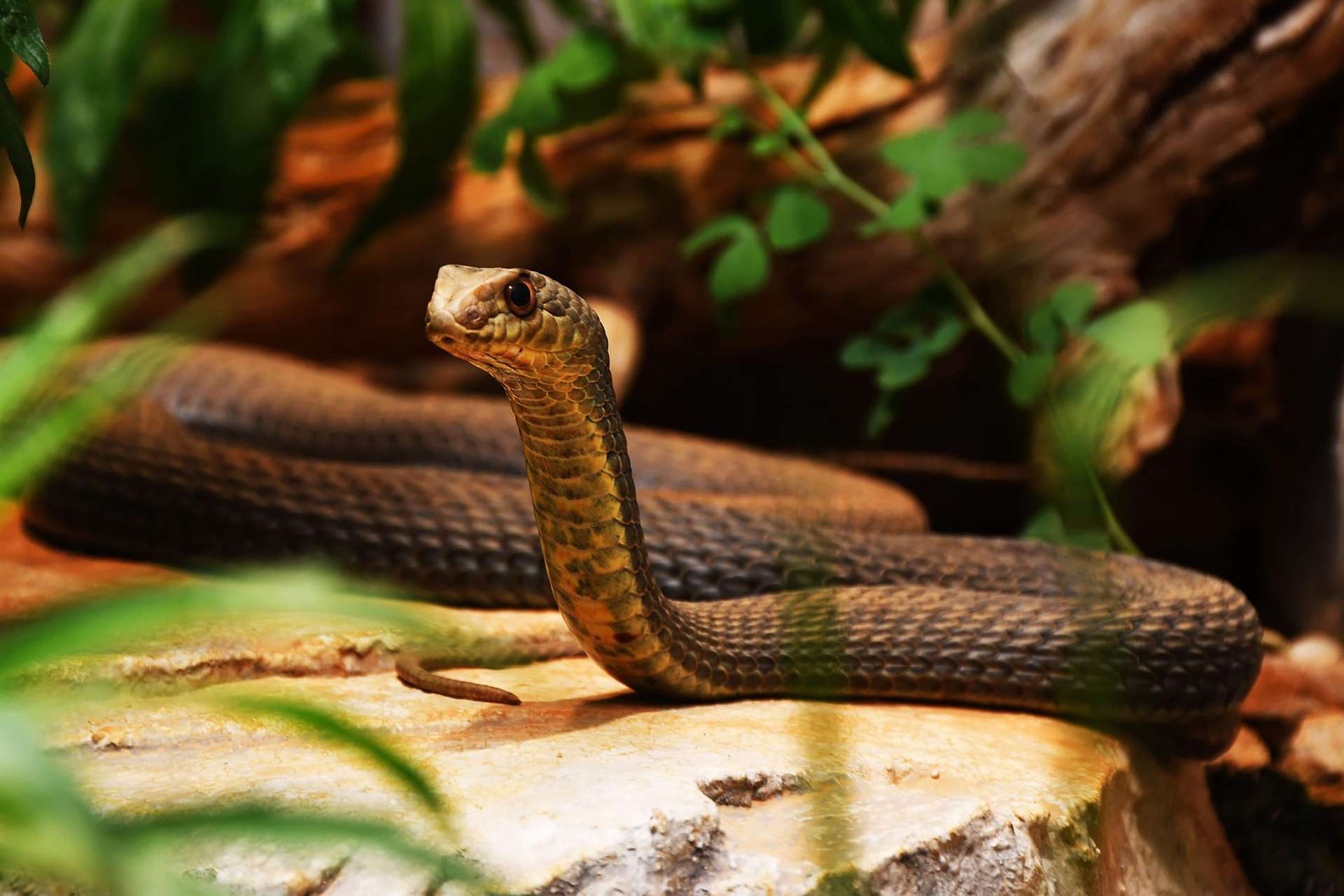
The snake changes its microclimate by moving from an underground pit to a sunny rock in order to warm up.
For example, although a weather station might tell you that the temperature in Bozeman, Montana, is 90 degrees Fahrenheit, simply by going from the south side to the north side of the building, you can experience strikingly different climates that are often not captured by weather data.
The same is true for animals of different sizes: a moose can move from an open, brushy landscape to a shady river lane to cool off; The snake can move from an underground pit to a sunny rock for warming; A small insect that travels between the top and bottom of the leaf can experience temperature differences of more than 20 degrees Fahrenheit.
Therefore, animals that are not afraid to move around—and thus use the microclimate to their advantage—or make changes in how their structures are built—such as burrows, mounds, and nests—will take advantage of the home field advantage in the face of the increasing impacts of climate change.
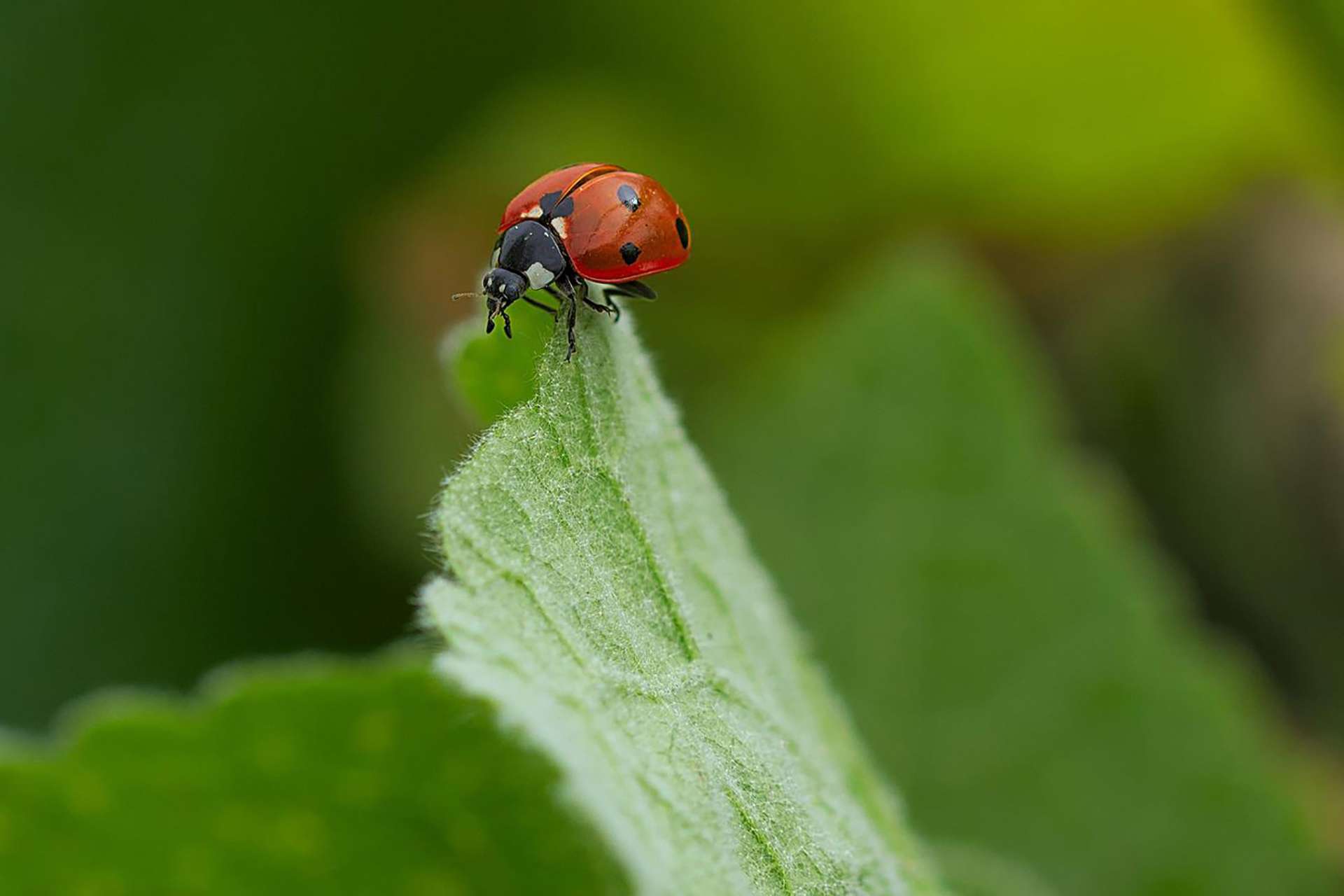
An insect crawling from the bottom of the leaf to the top may travel across temperature differences of more than 20 degrees Fahrenheit.
Three keys to future success: boldness, resilience and phenotypes
all over the world, High levels of carbon dioxide The Earth's atmosphere causes temperatures to rise and precipitation patterns to change. For biologists, the main problem is understanding the current effects of climate change on species and predicting future impacts, including how and what ranges of wildlife might change. Extinction risk for different animals.
According to a report published in the scientific journal Nature Connections On July 23, 2019, animals are now unable to keep up with the pace of climate change.
Let's hope they find and use their courage and resilience in their stretching phenotypes to help them gain some ground.
Here to find your true places and natural habitats,
candies
Source link
0 Comments